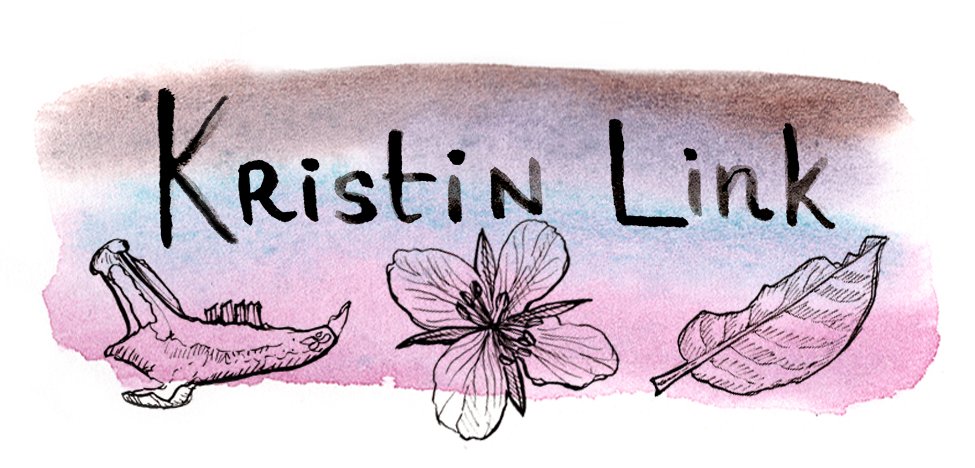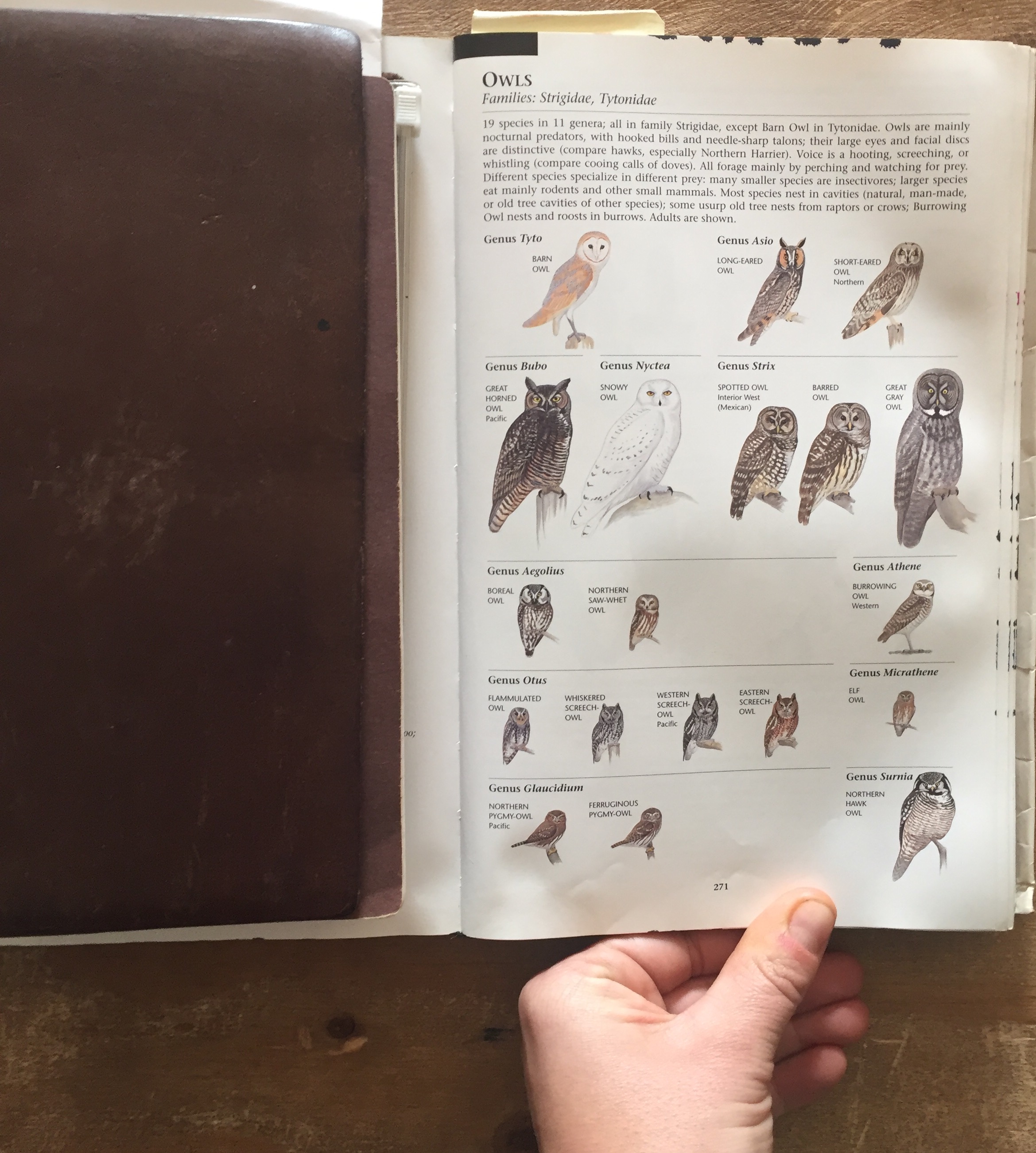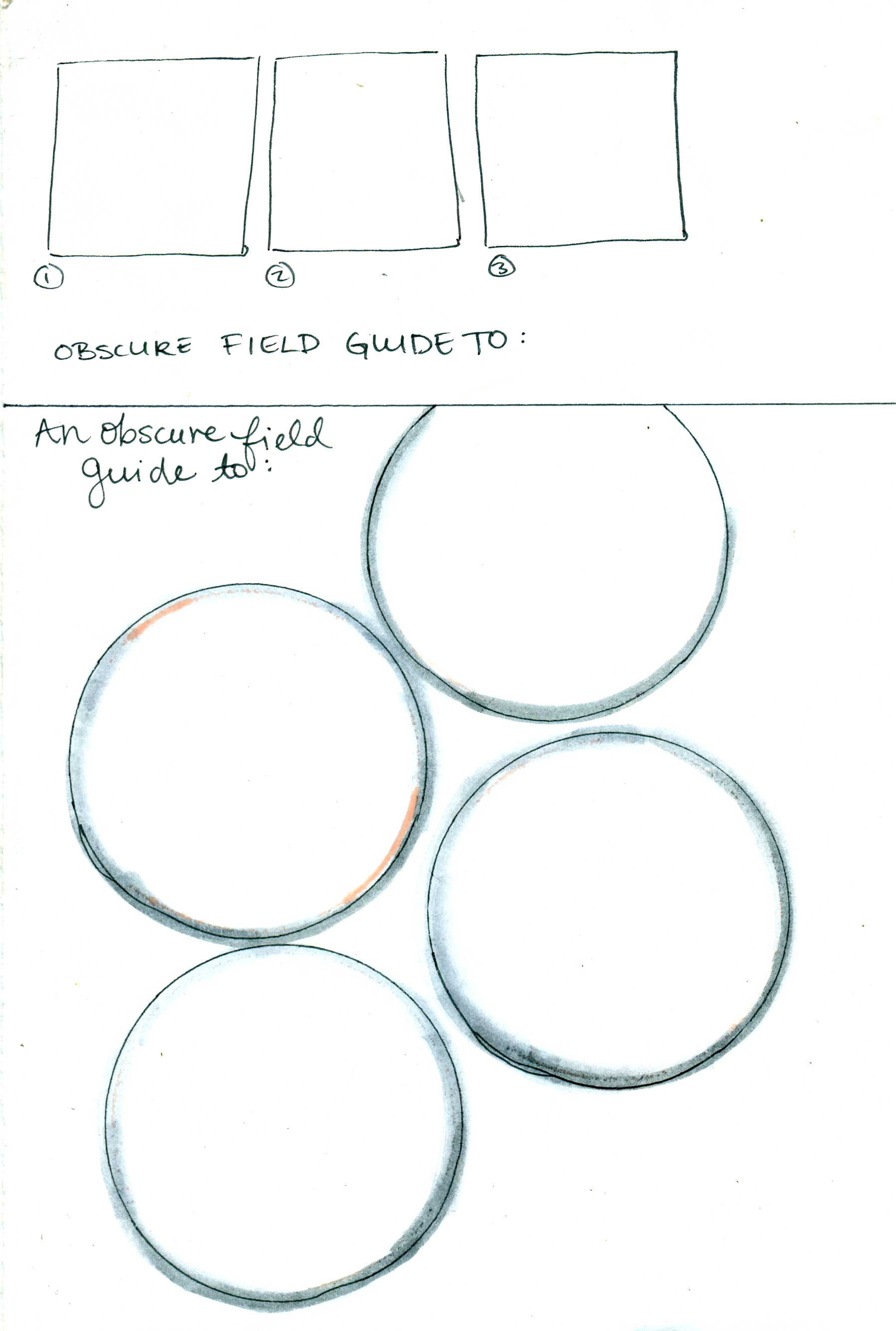As a person who is enthusiastic about learning about the natural world, who likes to look at pictures, and who is also a slow reader, I’ve always been a fan of field guides. I greatly admire artists like David Sibley who illustrate field guides. His guide to birds of North America is a masterpiece in my opinion. He shows each species in the same position highlighting the differences that distinguish groups (not individuals). You can’t do that with photographs.
The Sibley Guide to Birds by David Allen Sibley
I could keep going about field guide illustration, but the reason why I wanted to bring it up is that creating your own field guide or collection can be a great way to organize visual information. You also can be creative with it and don’t need to take it to a Sibley-level of perfection unless you want to. Here is an example of a collection of different tropical flowers I found while walking around Hoi An, Vietnam.
I was mostly interested in the different colors and shapes and didn’t worry too much about creating a comprehensive or particularly accurate collection. I didn’t even identify them, but I could have worked on that if I wanted to. One fun exercise is to draw a plant or flower you don't know and then identify it afterward using your sketches and notes.
It would be fun and informative to create your own field guide to plants you saw or birds you encountered on your travels, but you can also do something different, or crate a more “obscure field guide”. When I took a field sketching class in my science illustration program one of our assignments was to create an “obscure field guide” in the style of Hannah Hinchman. Hannah Hinchman is an amazing artist with beautiful sketchbooks (seriously if you are reading this blog and you haven’t seen her work, stop now and look her up). She will create these field guides to topics of observation that interest her, for example, she has made Obscure Field Guides to “Things Snow Does”, “Rain on the River”, “Fruiting Bodies”, and “Things Growing Right On or Out of A Rock”. Here is my “Obscure Field Guide to Things on My Desk” which I did for that school assignment:
Obscure field guide to things on my desk, from 2009, when I was doing my Certificate in Science Illustration at CSUMB.
Your collection doesn’t have to be natural history focused. It can be about any pattern or theme you find interesting. Just by placing images next to each other you’re deciding what information is important and telling your own story. Here is another collection (less natural history focused) of coffee in Hanoi:
Field guide to coffee in Hanoi
As I was traveling I had fun thinking up collections that I could make. I didn’t have time to draw them all. Some ideas I came up with include a collection of Tropical Fruit, New Years Decorations, Beer Labels, Ways to Carry Things on a Bike, etc.
Not illustrated, but a photo "field guide" of ways to carry things on bikes in Hanoi, Vietnam
There are no rules for how to make your own collection or field guide; you can just draw things out next to each other on a page. However if you are looking for some guidance and structure, one thing Hannah Hinchman recommends is to draw out a grid, like quilt blocks, to fill in with your different items. This works especially well if you are going to only draw a part of a pattern or larger object.
Here is are some examples:
Then you can fill them in however you would like.
Resources:
- Hannah Hinchman, A Trail Through Leaves: The Journal as a Path to Place
For more inspiration on drawing collections check out the work of Nigel Peake










